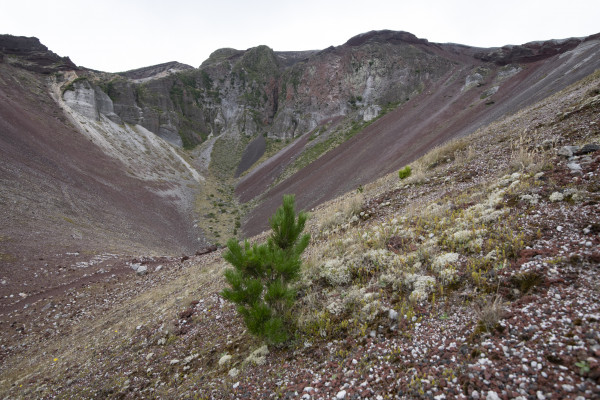Welcome
Wildingconifers.org.nz has a new home here at wildingpines.nz
If you are looking for information about the Wilding Pine Network (formerly the New Zealand Wilding Conifer Group) and the community groups they work with, visit their website - www.wildingpinenetwork.org.nz.
Try the links below, or start at the home page or feel free to contact us.
For other information about New Zealand's approach to wilding conifer management, visit the MPI website: https://www.mpi.govt.nz/biosecurity/long-term-biosecurity-management-programmes/wilding-conifers/
